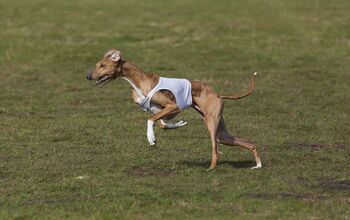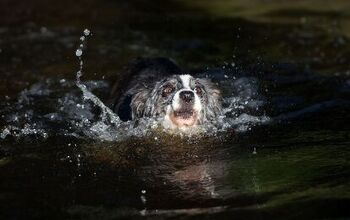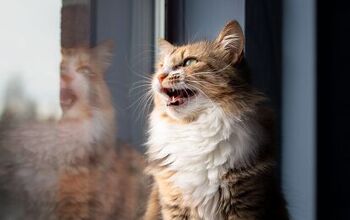Do Mixed-Breed Dogs Shed?

Do mixed breeds shed? The short answer is yes, mixed-breed dogs do shed. However, just how frequently and how heavily that fur will be wafting off your pooch and onto your floors and furnishings is going to be down to which gene pool your mixed-breed dog is drawing from.
Not to be confused with Designer Dogs, mixed breeds (AKA mutts or Heinz 57s) will typically have a number of different breeds contributing to their DNA profile. And that’s why all those online doggy DNA kits are so popular. Families with dogs who look, sound, and act like a smorgasbord of different breeds want to know what issues (including health-related) they should be watching for down the line.
With Designer Dogs, forecasting physical traits and characteristics are much easier because you’re working with just two breeds and both will be purebreds. So no “mud blood” to sort through here. And qualities such as being super-friendly, uber-chill and yes, non-shedding are going to be more predictable based on their known parentage. That’s one reason you see so many Labradoodles, Golden Doodles, Shepadoodles – and on and on - running around the dog parks these days. If it’s an “oodle” or a “poo”, the odds are it’s a Designer Dog chosen for his non-shedding properties.
Related: Top 10 Non-Shedding Dog Breeds
But that doesn’t mean your standard little mutt of mixed-breed origin can’t be low-shedding. The gene found in Poodles that makes them non-shedding can also be found in some lines of Terrier and many of the smaller dog breeds such as Maltese, Bichon Frise and Lhasa Apso. So, if your pooch has any of the non- or low-shedding variants of the MC5R gene in his DNA, he may well reward you with a fluff-free house. In fact, my two dogs were labelled Schnoodles yet it’s clear from their physical appearance that there are breeds beyond just Poodle and Schnauzer at play. In their instances, the low-shed gene dominates and they are both non-shedding.
Similarly, the genes of dogs known to be heavy shedders can be passed along to any offspring or even offspring of offspring, that share their DNA. Which breeds might those be?
Related: Top 10 Dog Breeds that Shed the Most
Let’s start with any dog that has a thick double coat. It’s typical of dogs from cold weather climates and it includes coarse outer hair with a soft, downy undercoat that helps keep him warm when temperatures drop. As a result, if you’re considered a dog that is identified as being a “cross” with a Labrador, Husky, Newfoundland, German Shepherd… you get the picture. These dogs are known to “blow” their coats twice a year when the seasons change. So, if you have your heart set on a mixed breed pup that comes from double-coat stock, plan to brush him weekly and splurge on a groomer when seasons change to help de-shed him and save on the lint rollers.
But it’s not just the double-coats who shed heavily. Smaller dogs such as Pugs, Beagles, and all the way up to Dobermans and even Dalmatians can leave a pretty impressive trail of tiny hairs throughout the house.
So, if shedding is a big issue for you, it may be best to lean toward the mixed breeds with a clear Poodle or Terrier leaning and stay on top of the weekly brushing.

Sharing space with three seriously judgy Schnoodles and a feline who prefers to be left alone. #LivingMyBestLife
More by Mary Simpson























